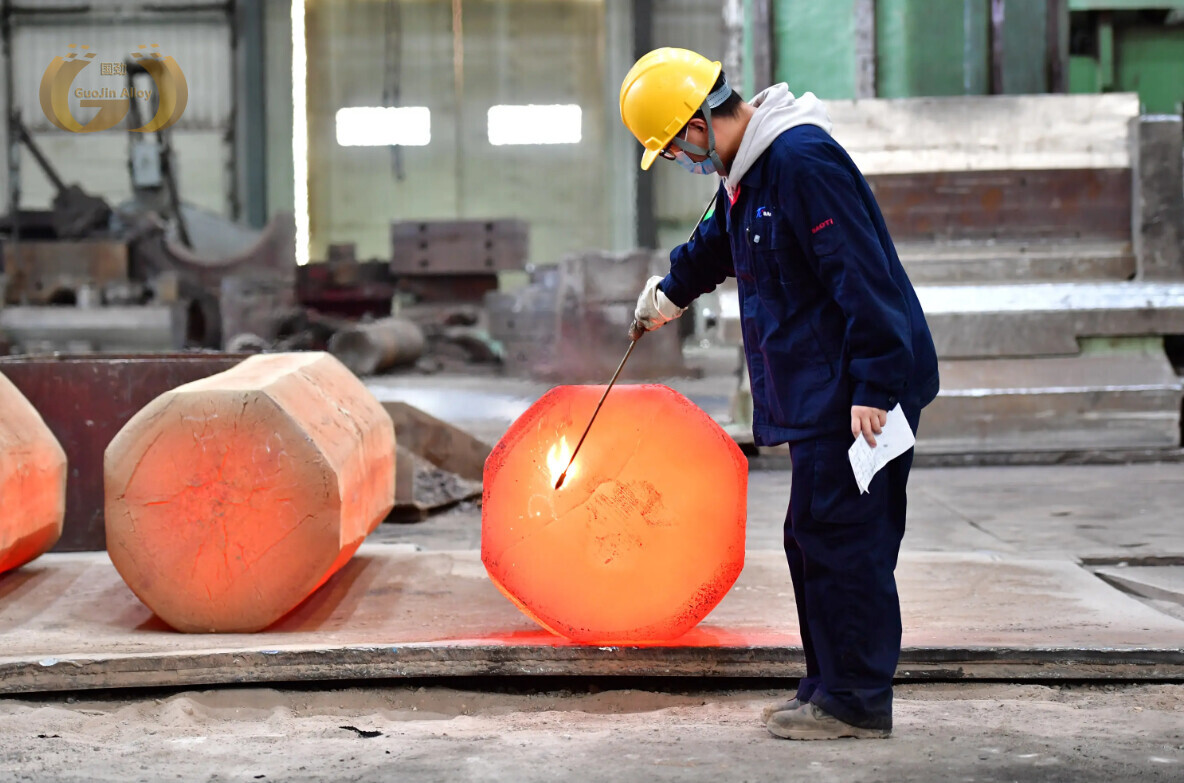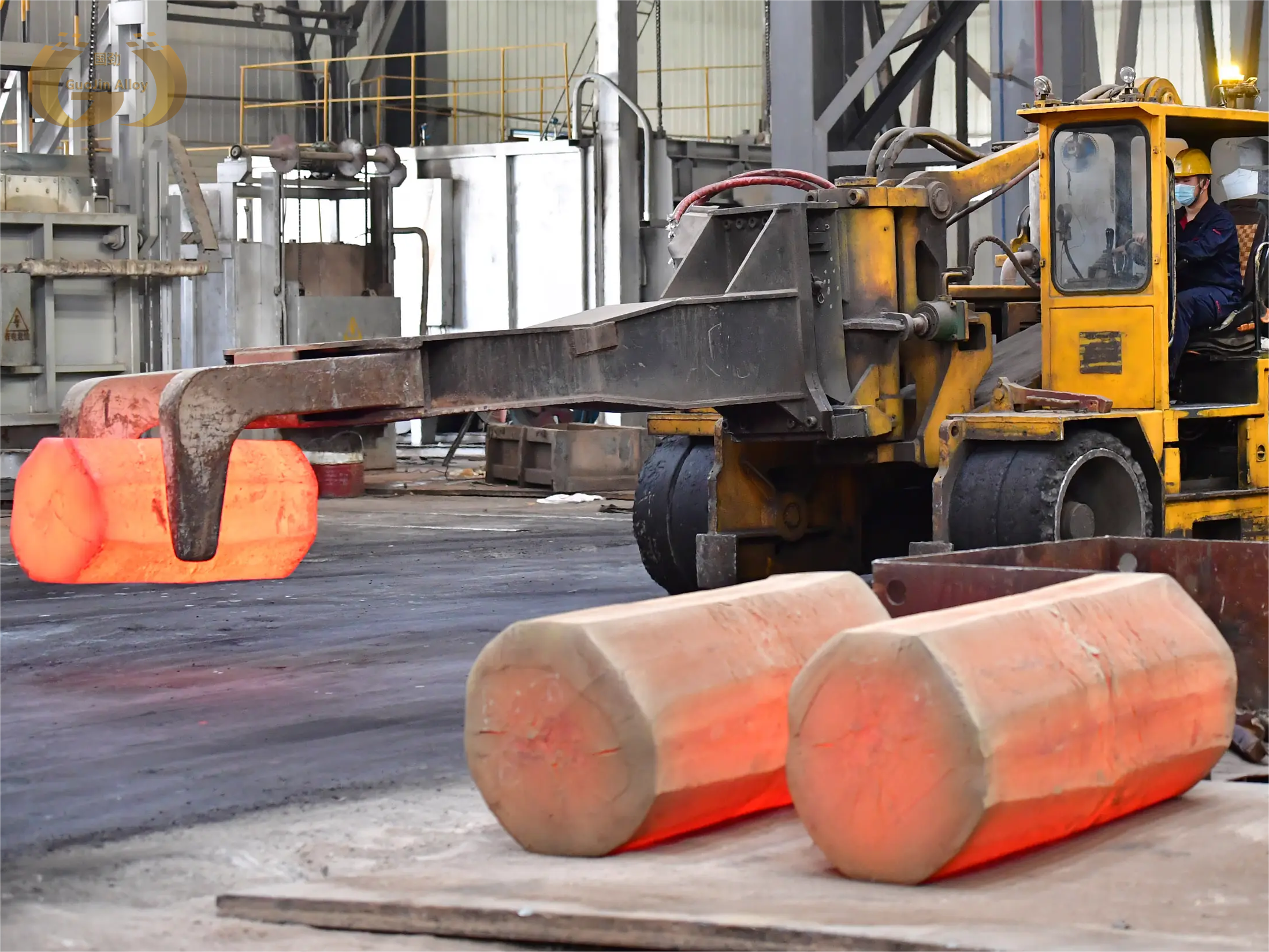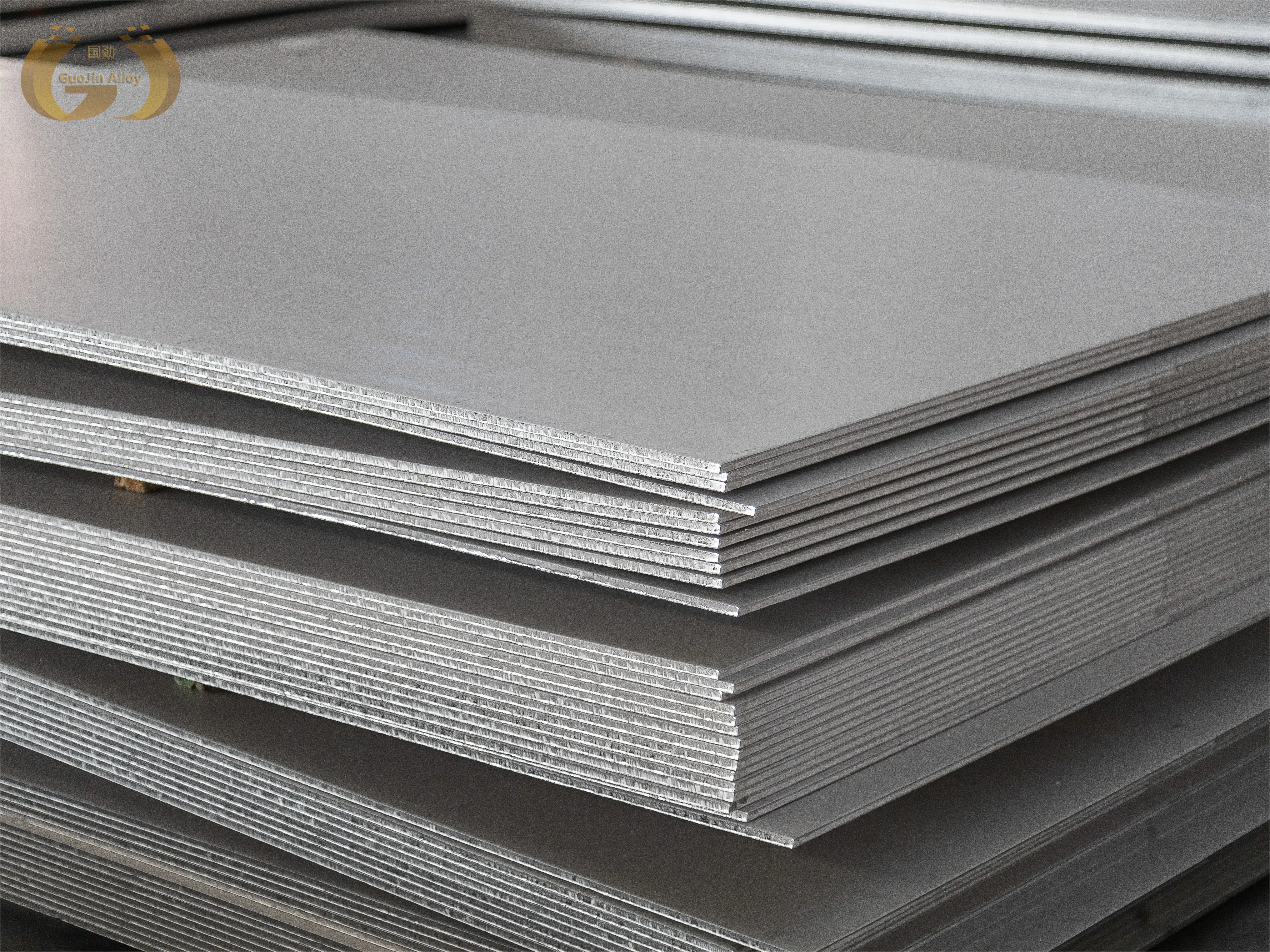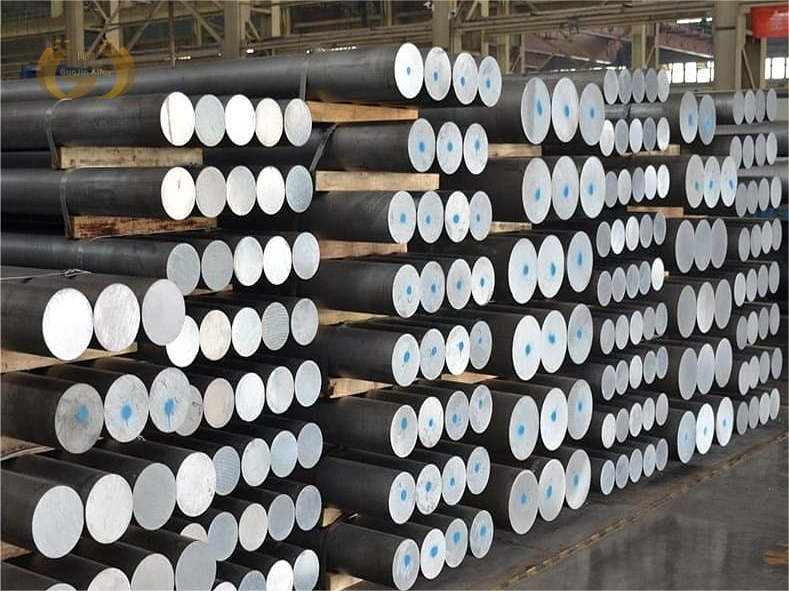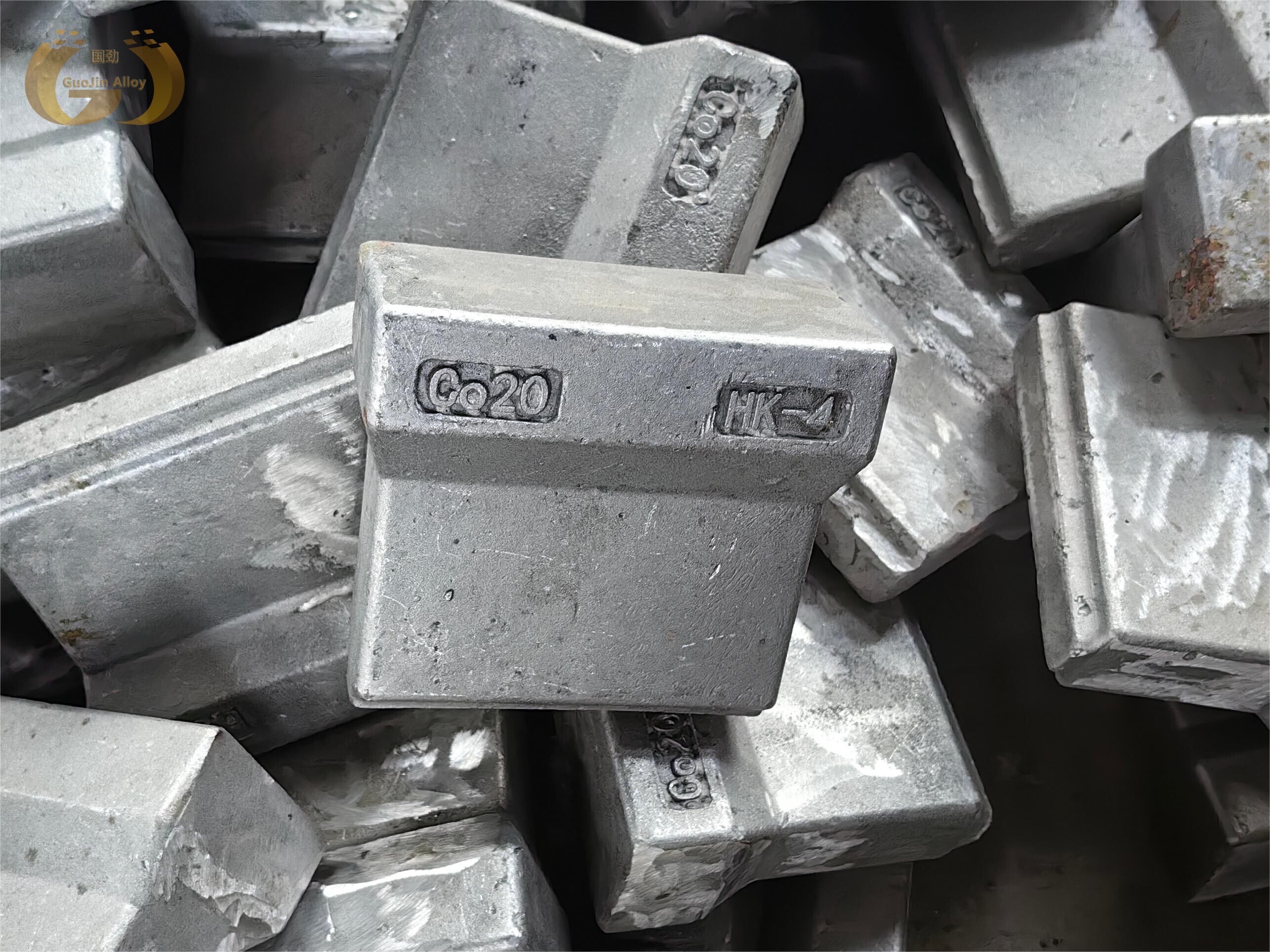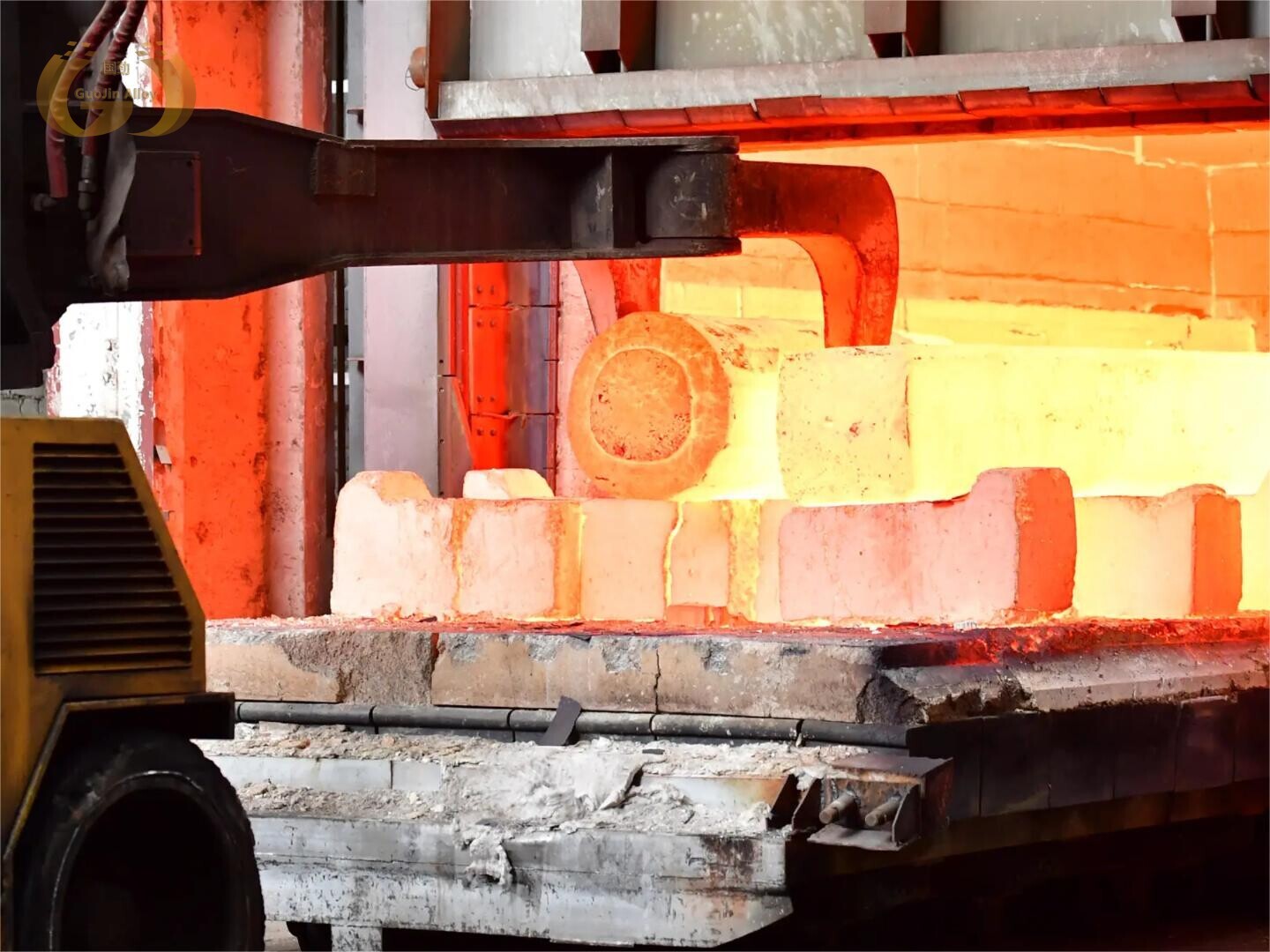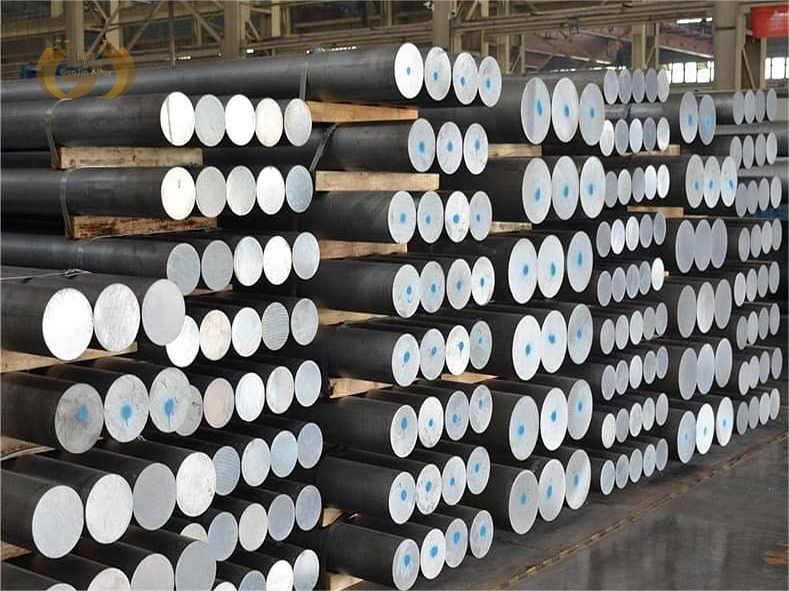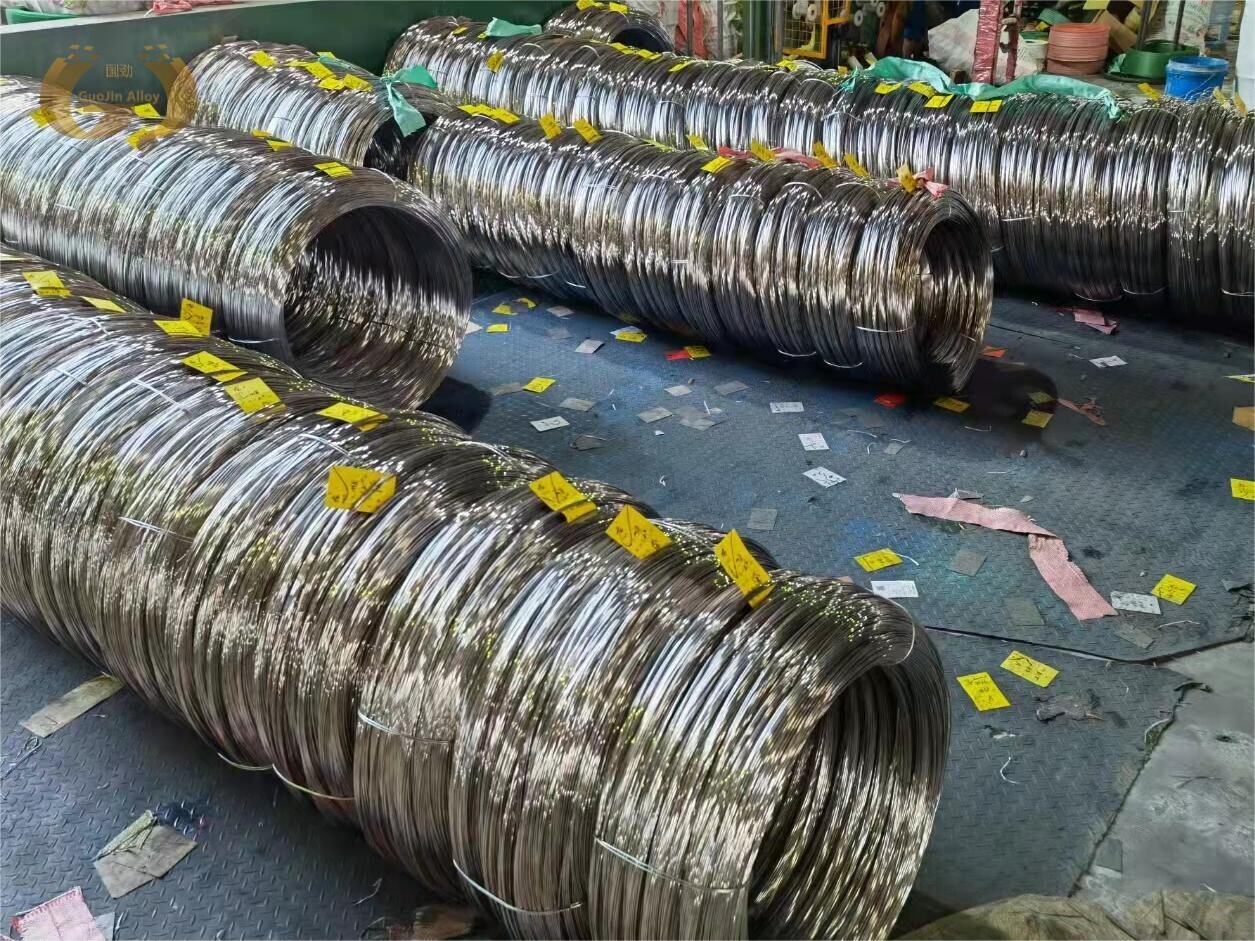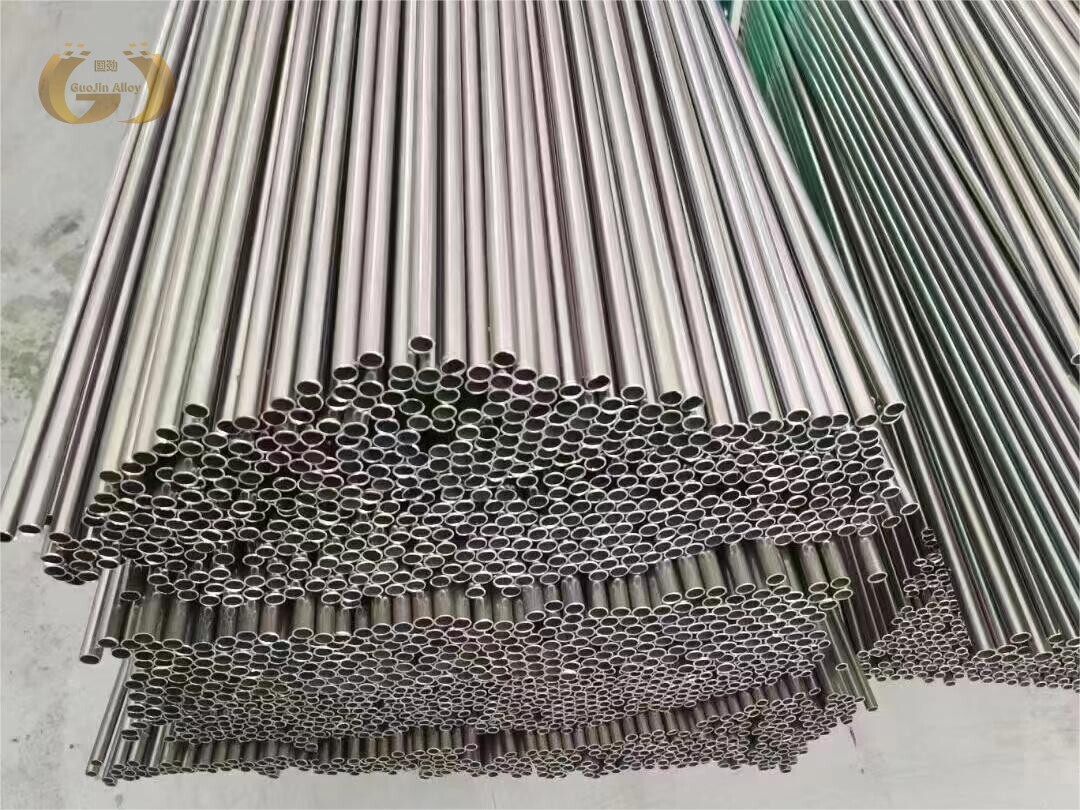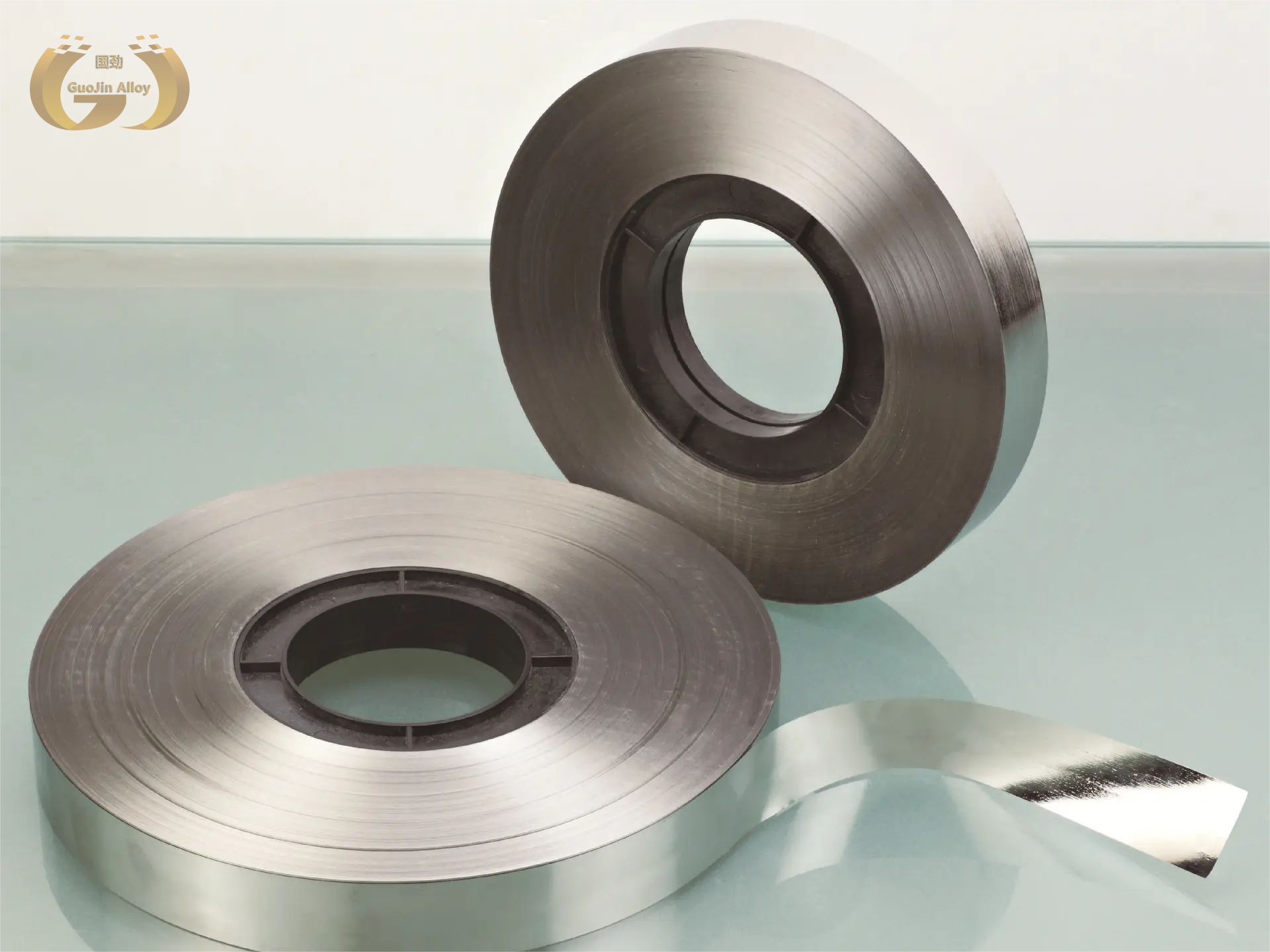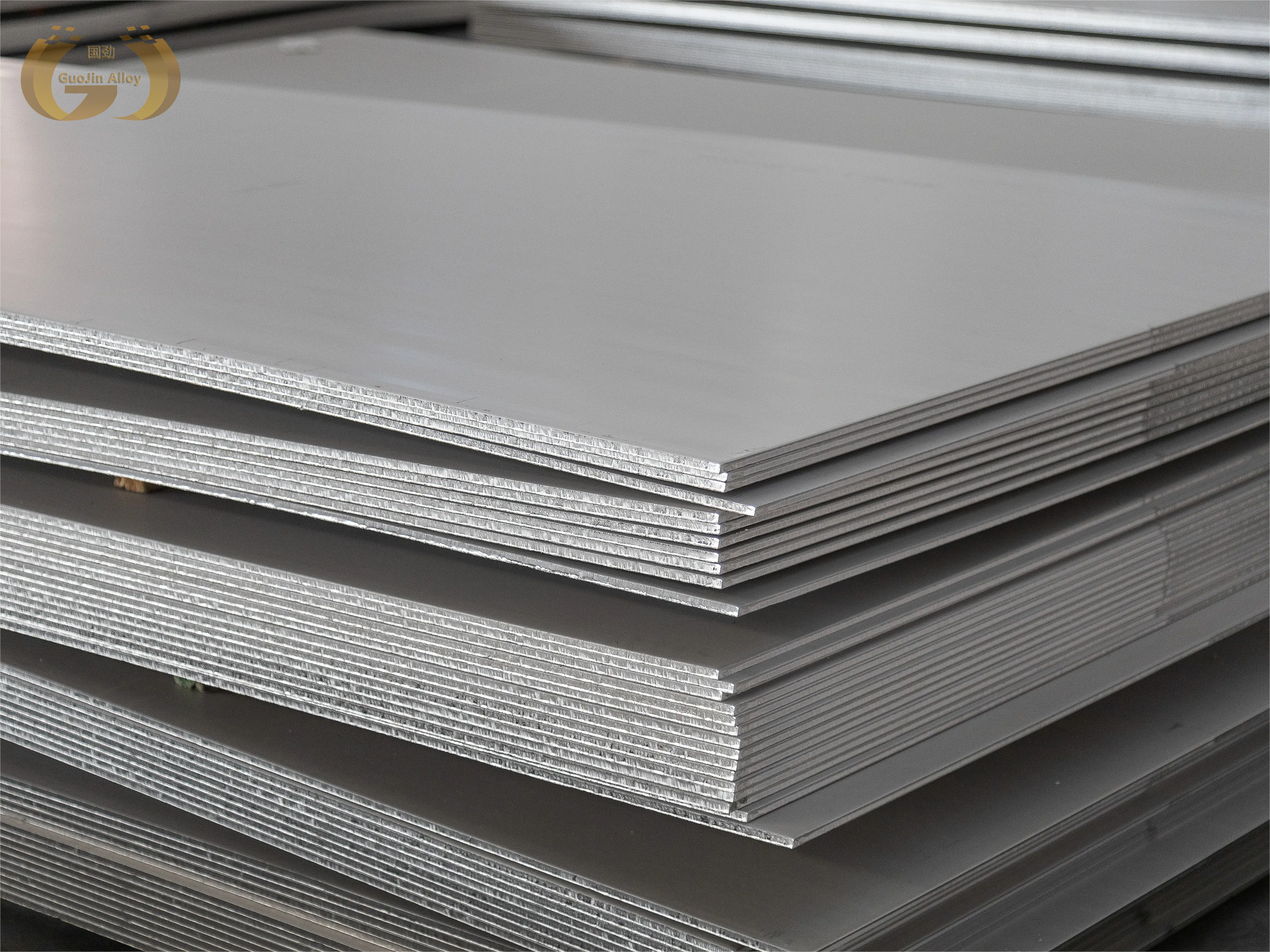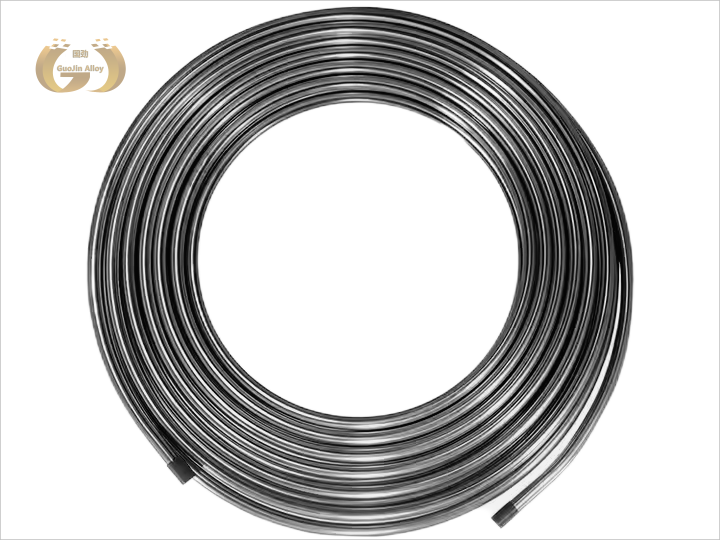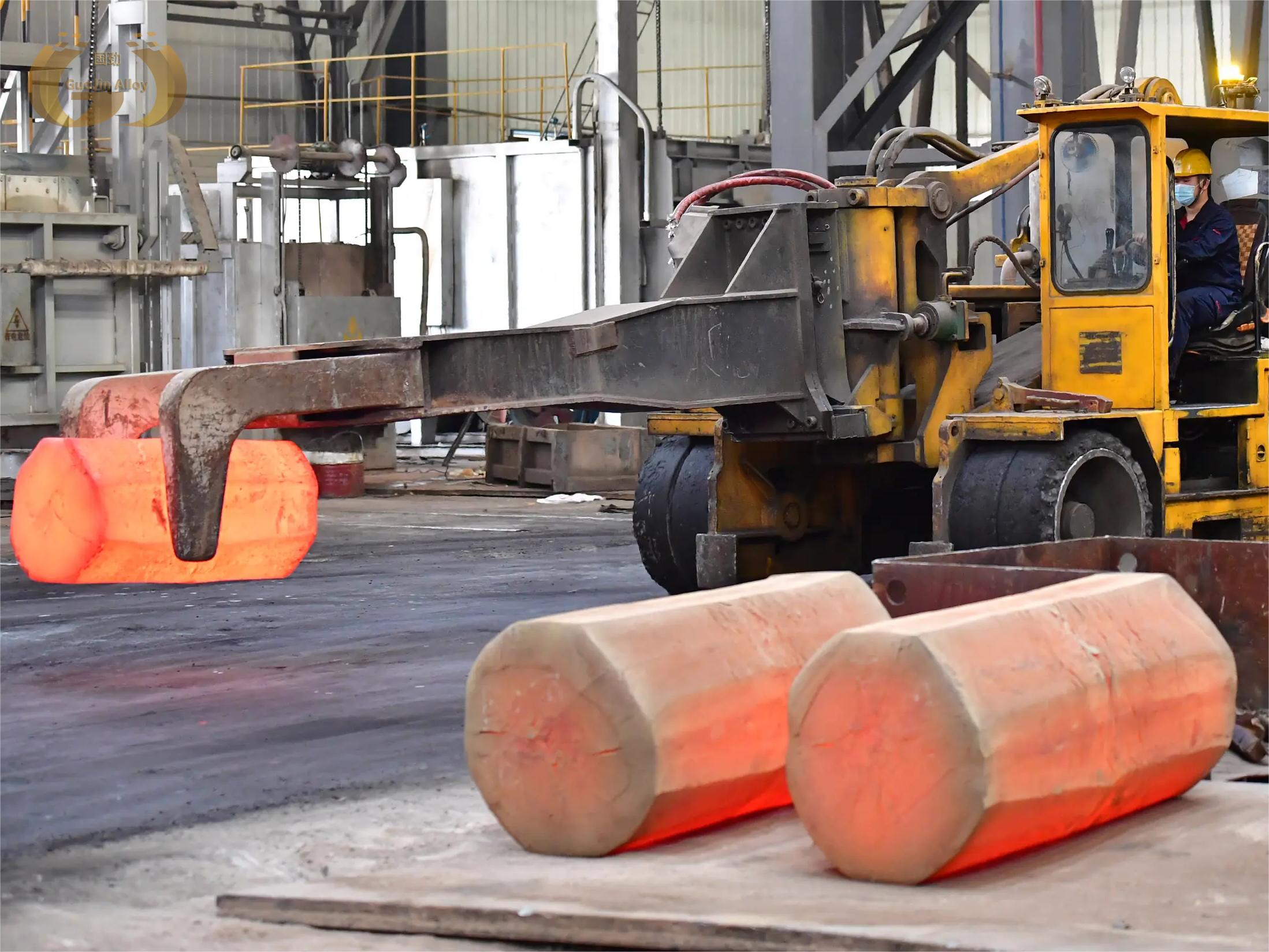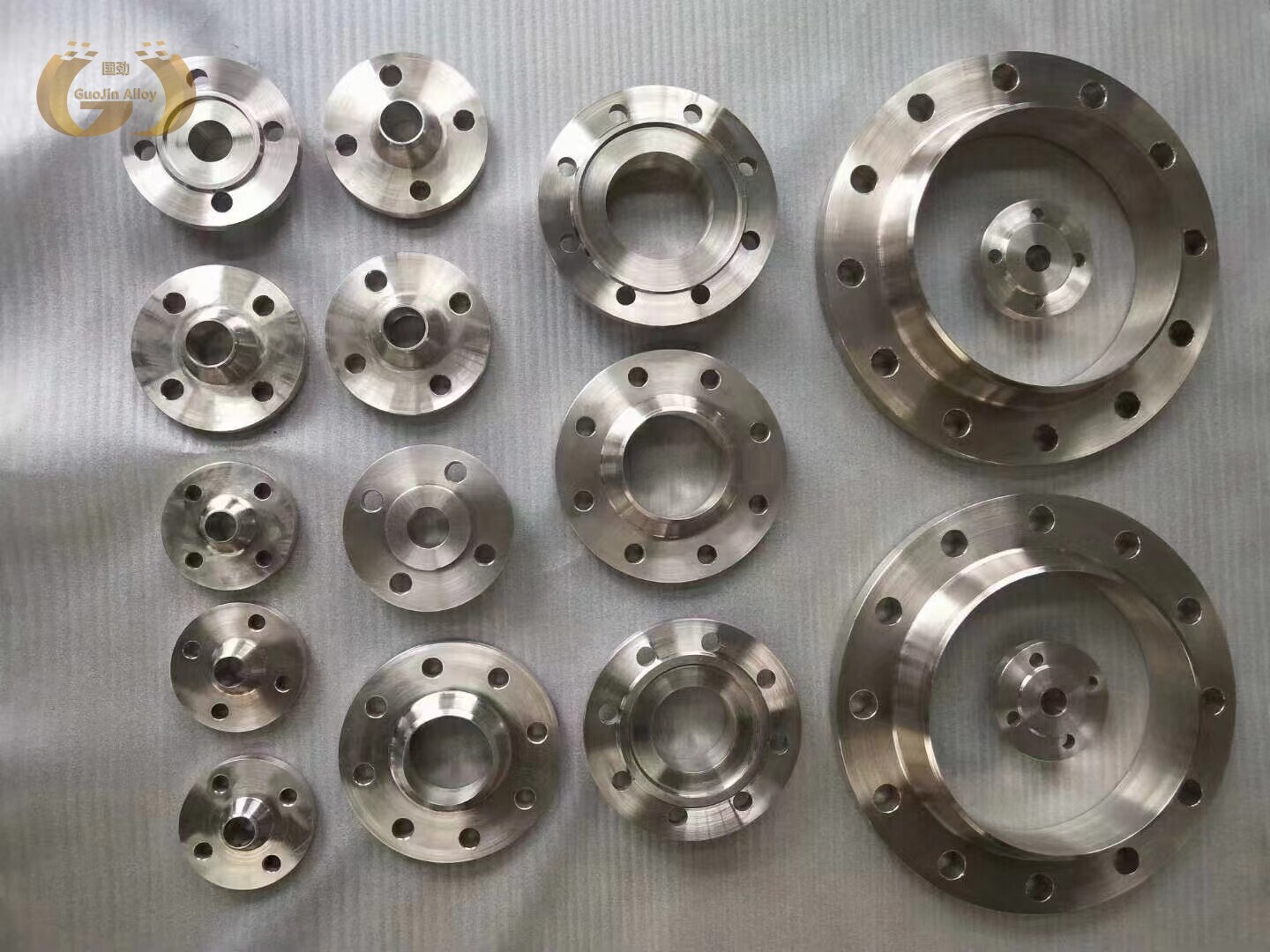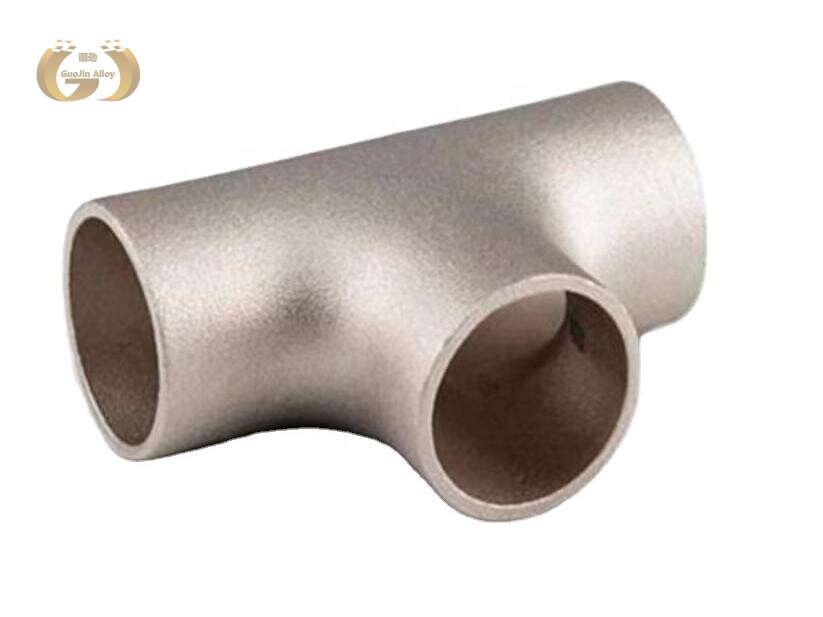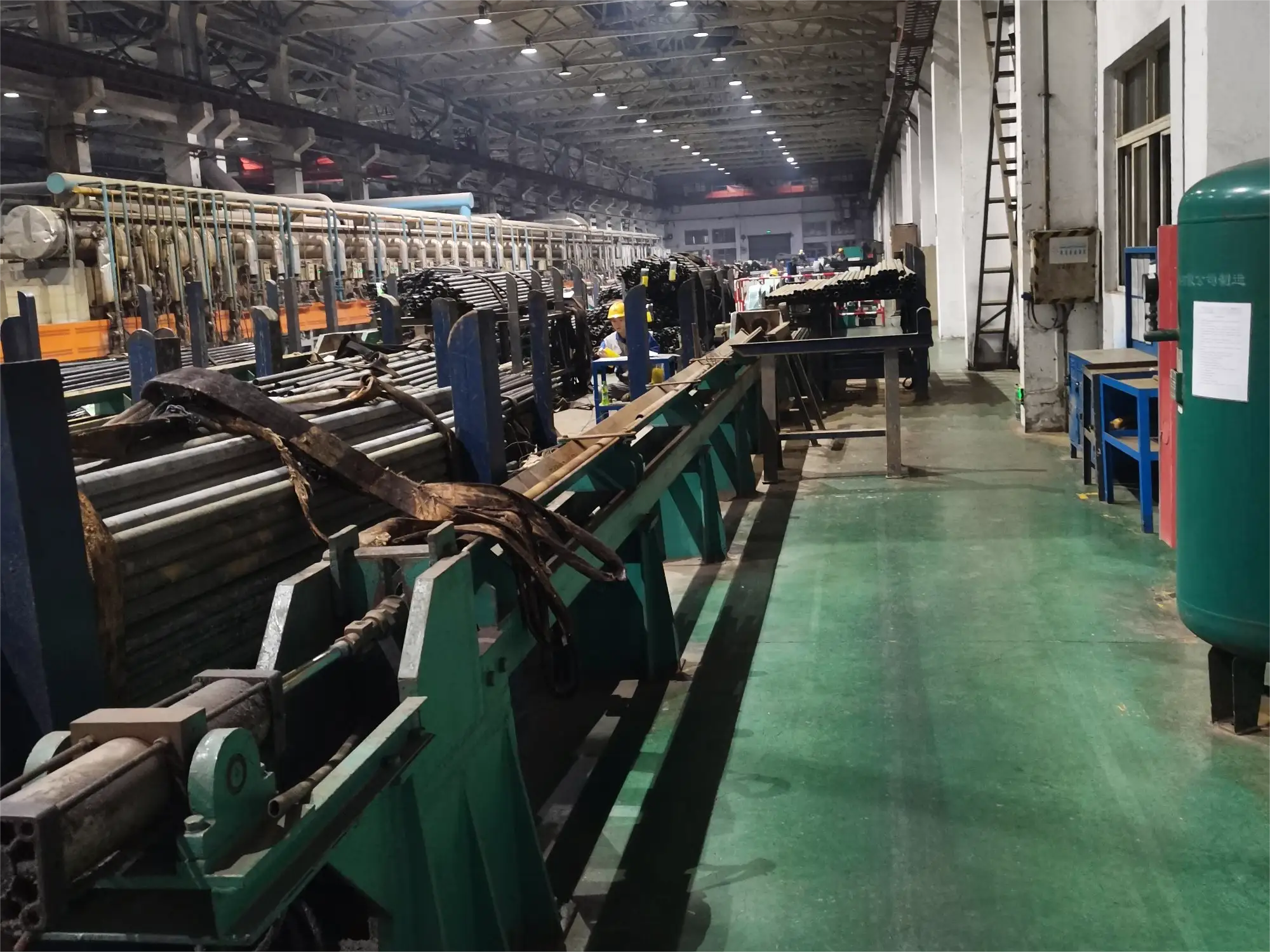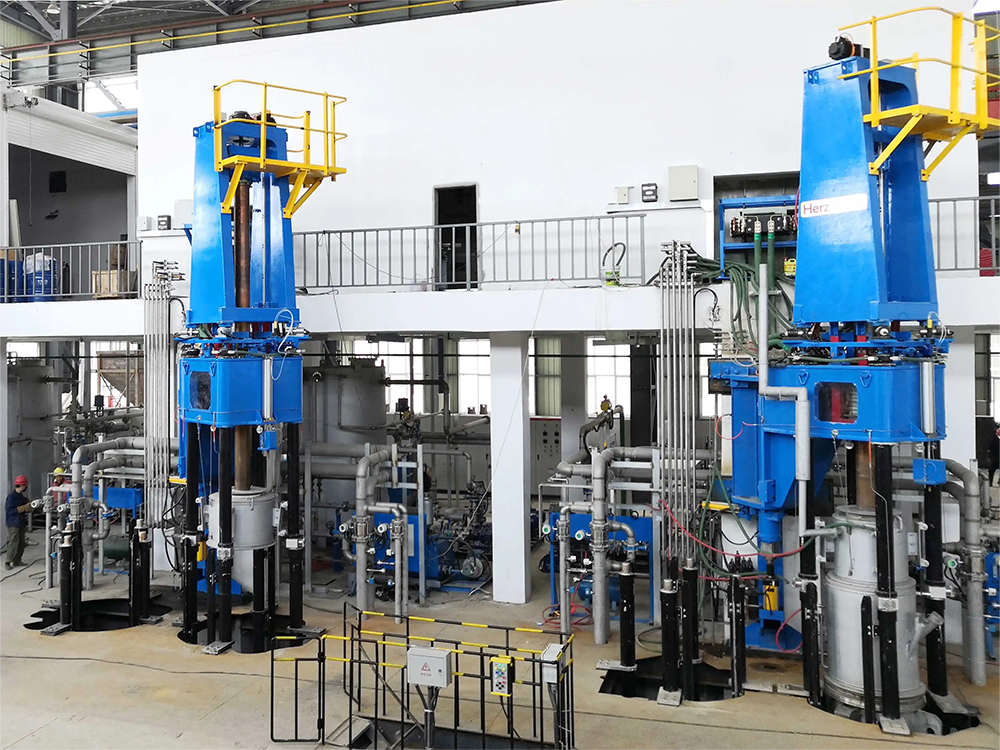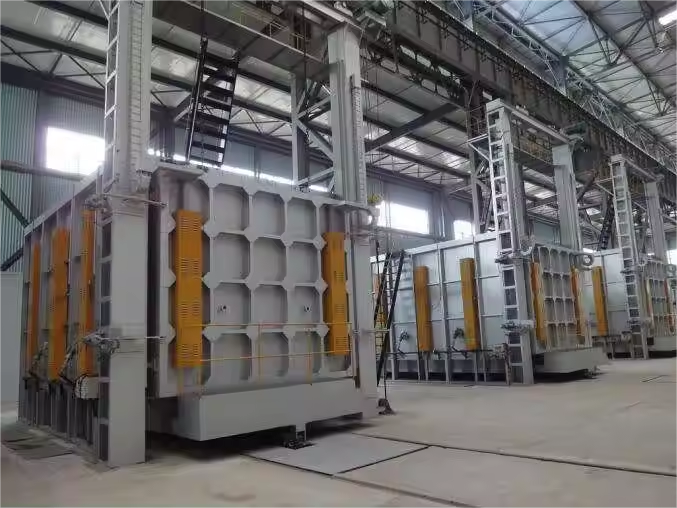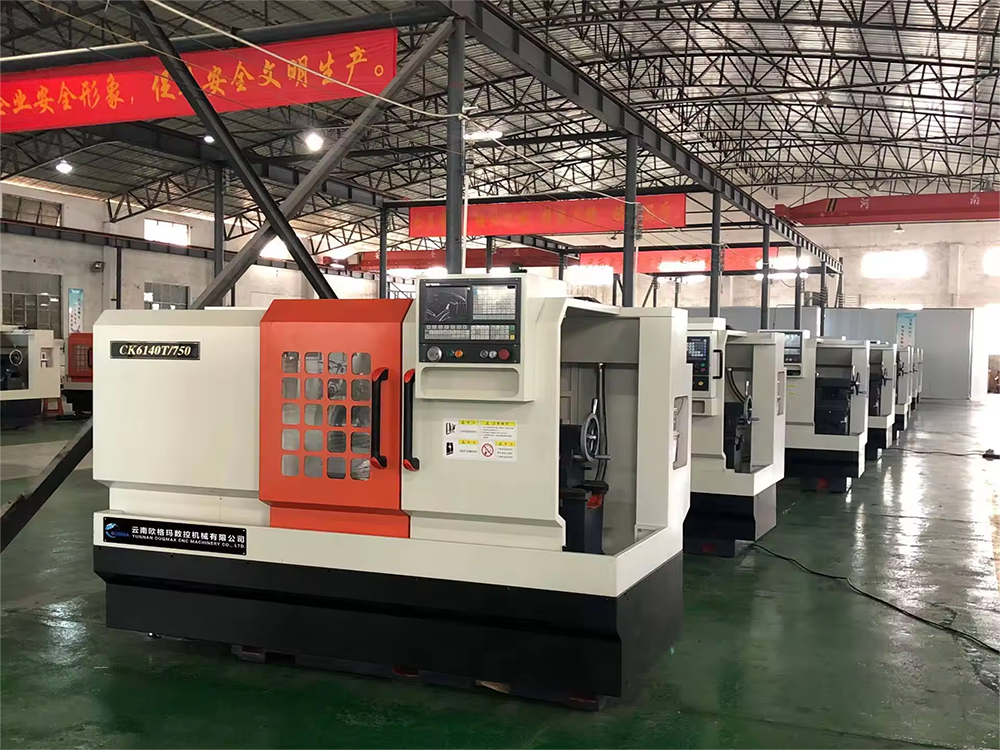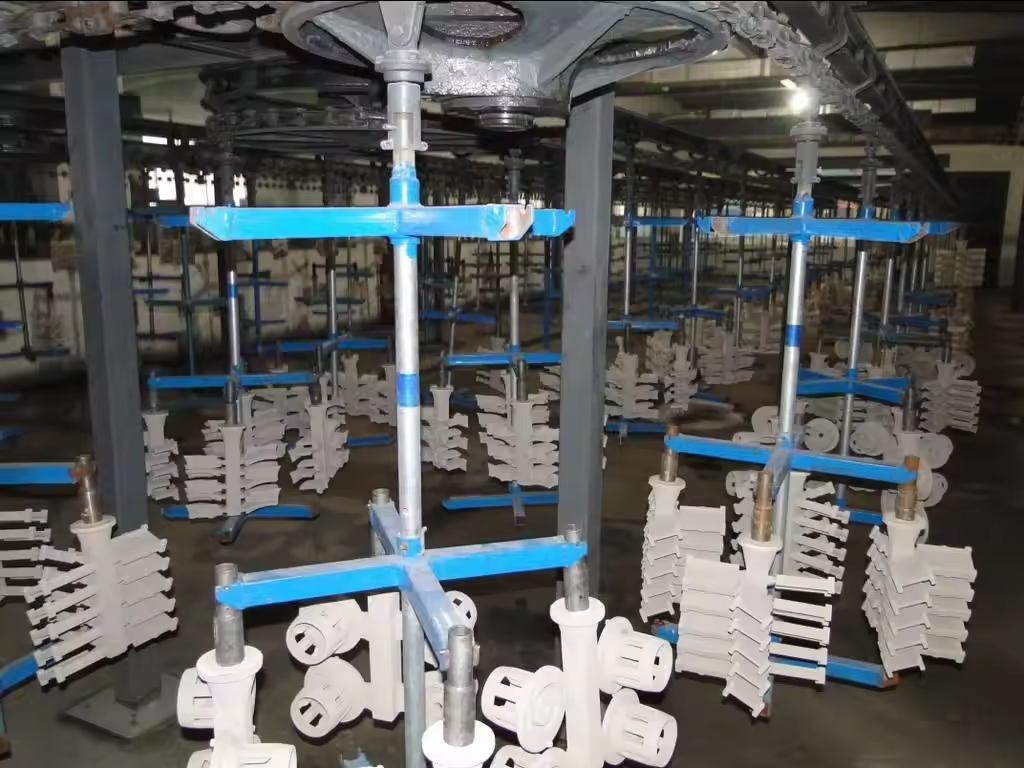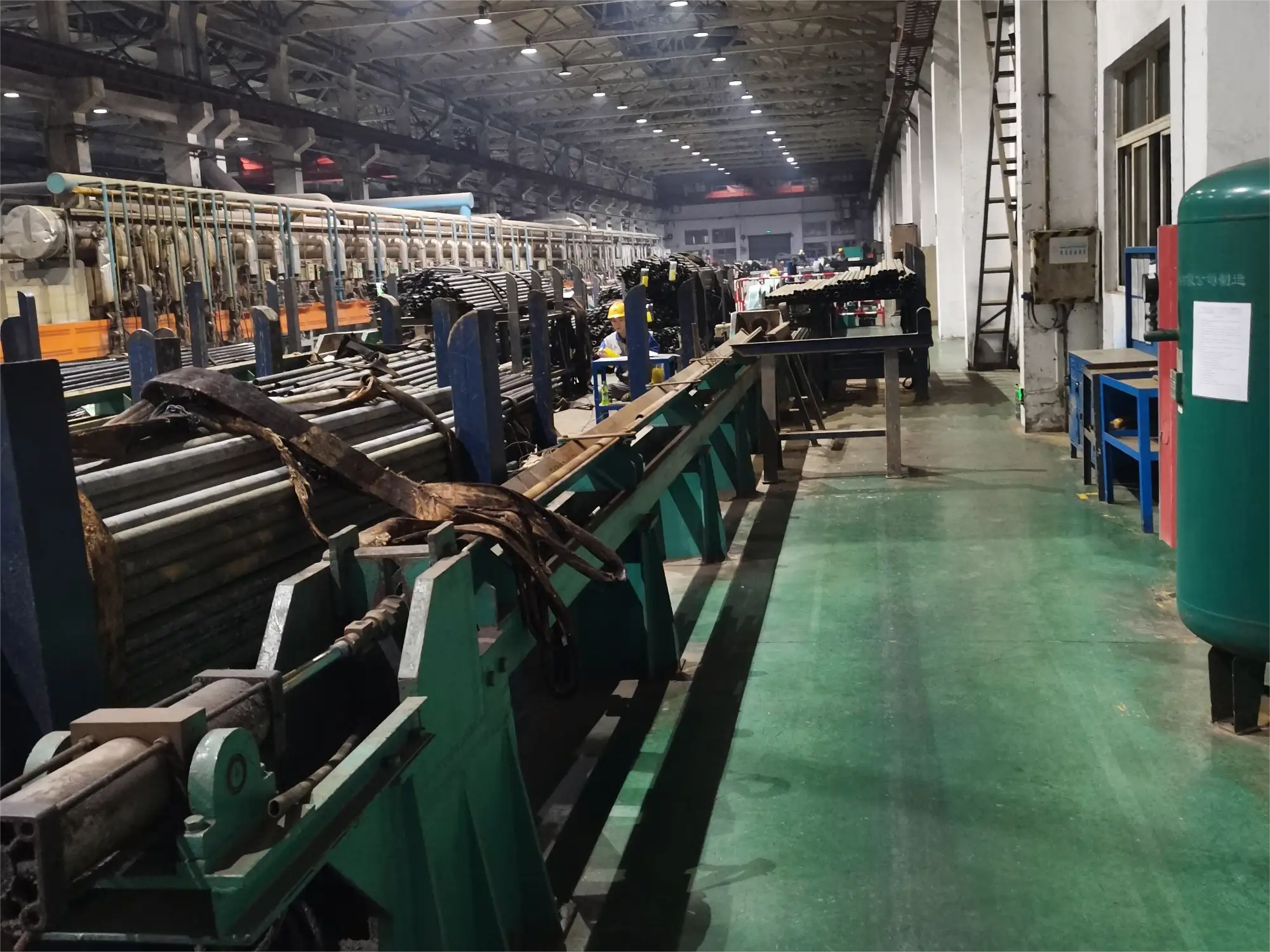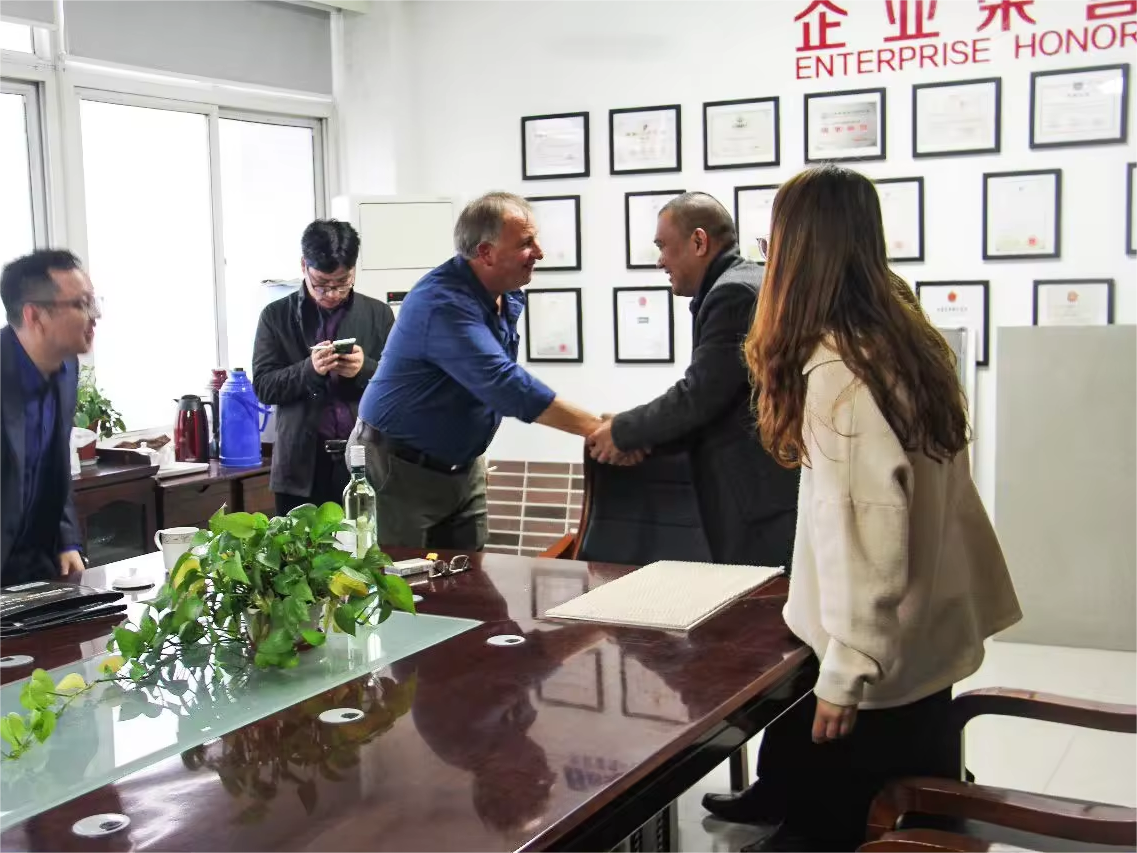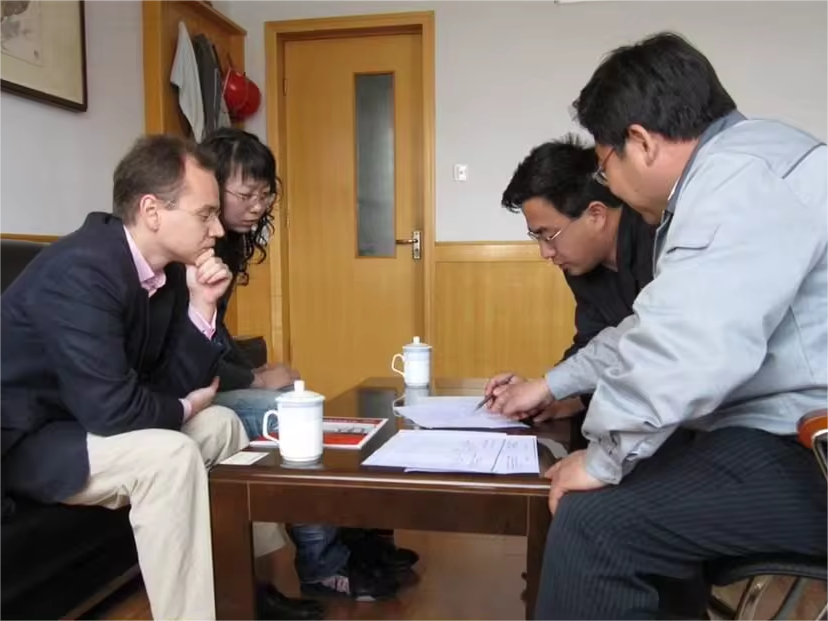Welcome to our company!
Equivalent grade:
● DIN W. Nr. 2.4610
● ISO NiMo16Cr16Ti
◉ Available Products
Plate/Sheet
Bar/Rod
Pipe/Tube
U bend pipe
Coil tube
Pipe fittings (Flange,Tee, Elbow,Reducer...)
Strip
Fittings
Wire
Forgings
Fastener
Castings
Customization
◉ Product Details
Chemical composition
Physical properties
Introduction
Hastelloy C-4 is an austenitic low carbon nickel-molybdenum-chromium alloy. The main difference between Hastelloy C-4 and other earlier developed alloys of similar chemical composition is the low carbon, silicon, iron, and tungsten content. Such a chemical composition enables it to exhibit excellent stability at 650-1040°C, improves resistance to intergranular corrosion, and can avoid edge-line corrosion susceptibility and weld heat-affected zone corrosion under appropriate manufacturing conditions.
Advantage
●Excellent corrosion resistance to most corrosive media, especially in reduced state.
●Excellent localized corrosion resistance among halides.
Application field
It has been widely used in most chemical fields and high temperature environments.
Typical application areas:
● Flue gas desulfurization system
●Pickling and acid regeneration plant
●Acetic acid and agrochemical production
●Titanium dioxide production (chlorine method)
●Electrolytic plating
Welding performance
Hastelloy C-4 can be welded by various welding processes, such as tungsten electrode inert gas shielded welding, plasma arc welding, manual sub-arc welding, metal shielded inert gas welding, and molten inert gas shielded welding. Pulse arc welding is preferred.
Before welding, the material should be in annealed state to remove oxide scale, oil stains and various marking marks, and the width of about 25mm on both sides of the weld should be polished to a bright metal surface.
With low heat input, the interlayer temperature does not exceed 150°C.
◉ Factory Tour
◉ Customer Visit
◉ Online Consultation
Reliable detection!
We accept formal third-party testing institutions for testing, we can also send samples to you free of charge, customer satisfaction shopping experience is always our pursuit

Interested in?
◉ Related Suggestion
Leave A Message
If you are interested in our products and want to know more details, please leave a message here, we will reply you as soon as we can.

